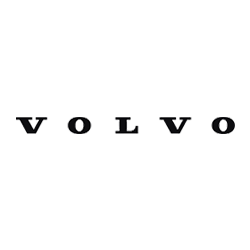Explore More Models
Explore More Models

Volvo, a brand that originated in Sweden, is synonymous with safety research and has been producing vehicles with impressive crash test scores since its inception in 1927. Volvo's founders, Assar Gabrielsson and Gustaf Larsson, emphasized safety from the beginning, and this philosophy still rings true today.
The 1950s saw the introduction of the PV444, which helped establish Volvo's name in the U.S. market, and the decade also saw the development of new safety features such as the three-point safety belt. Volvo's safety features continued to evolve, with the introduction of padded dashboards and energy-resistant crumple zones in the 1960s.
In the 1970s, Volvo was the exclusive home to several advanced safety technologies, such as childproof locks and collapsible steering columns. The 1980s saw Volvos become a favorite of the "yuppie" culture, and the brand proved its technological prowess with the introduction of its first turbocharged car.
In the 1990s, Volvo launched the 850, which combined performance with the company's signature attention to safety. The decade also saw the introduction of more aesthetically pleasing models like the S40 and C70. In 1998, Volvo was acquired by Ford, which helped the brand financially and also allowed Volvo to provide Ford with new safety technologies and car platforms.
Volvo's recent history has seen the brand expand its offerings to include stylish and high-performing vehicles, with the recent resurgence starting with the 2016 Volvo XC90 luxury SUV. Volvo now offers a range of SUVs, including the subcompact XC40, compact XC60, and three-row XC90, as well as sedans like the S60 and S90. The brand's plug-in hybrid lineup is extensive and offered in several models.
Volvo spun off the Polestar brand in 2017, which focuses on electrified vehicles. Despite being acquired by the Chinese automaker Geely in 2010, Volvo continues to maintain its reputation for producing safe and exciting vehicles.